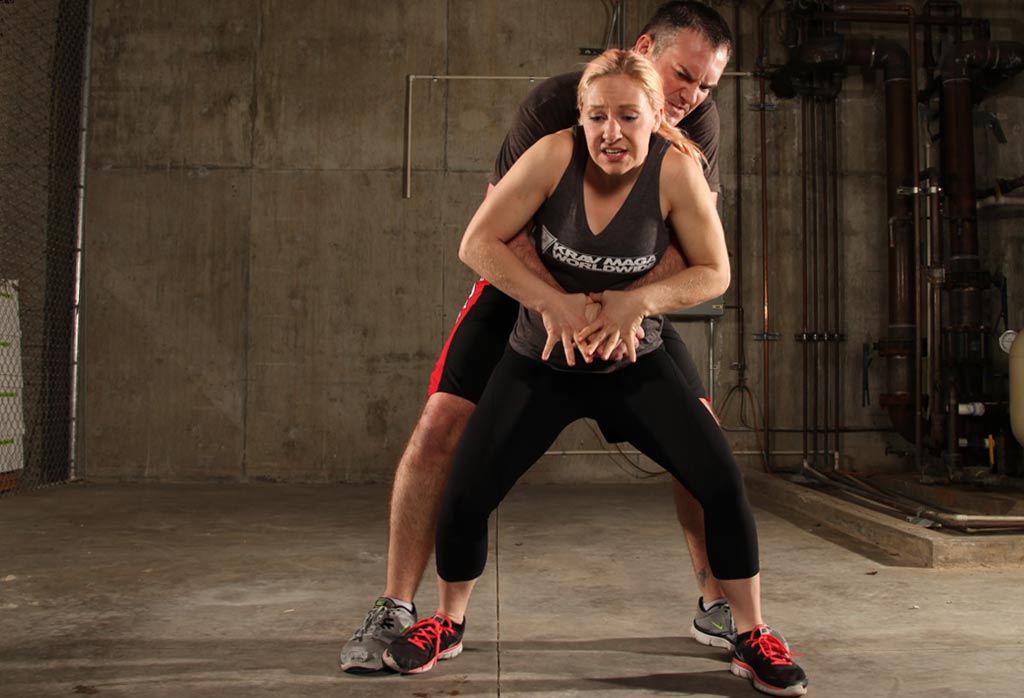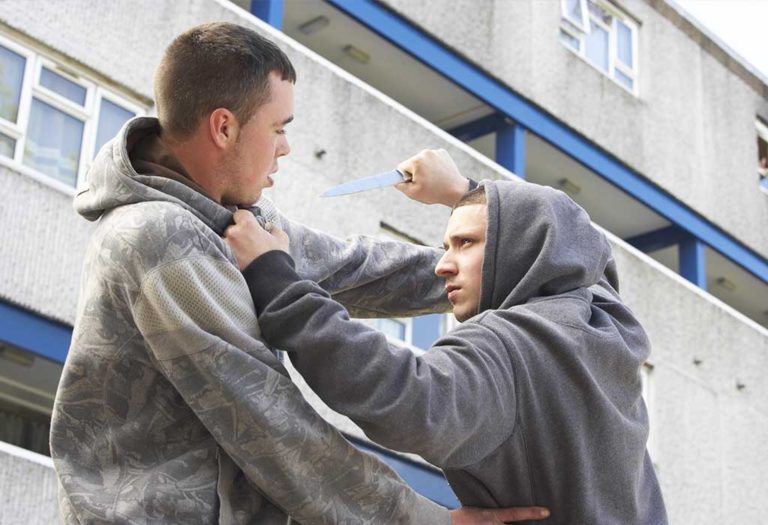One of the first things that people inquire about when discussing Krav Maga is the krav maga grading system. Most have heard of the colorized belt system used by martial arts such as Karate and Brazilian Jiu-Jitsu and want to know if Krav Maga is similar.
Krav Maga Grading
Krav Maga doesn’t have colored belts like Karate and other Eastern martial arts. Instead, it has a ranking system which can be broken down into three grades, which are practitioner, then graduate and finally expert. Civilians who have just begun their training are considered practitioners, while instructors are usually considered graduates, and expert is typically associated with military and police units.
There are additional divisions, however. The civilian program may be subdivided into five sections, each of which teaches certain techniques and skills which serve as the foundation which will allow students to advance to the next level.
Length Of Time Needed To Learn
The length of time needed to obtain proficiency in Krav Maga depends on many factors, including the student’s level of fitness as well as their training schedule. At minimum, students are expected to attend class at least once each week, but those that attend more frequently will advance faster. Generally speaking, experts recommend taking Krav Maga classes between two and three times a week, at which point you should master every rank after about forty months, or just over 3 years.
What You’ll Learn At Each Level
These are the specific skills and techniques that you’ll develop at each level:
- Level One: This is the introduction where you’ll be taught the basics of personal defense. You’ll learn the proper way to strike your opponent while forcing them off balance. You’ll also spend a great deal of time fine tuning your motor skills and muscle memory. This stage lasts roughly four months.
- Level Two: You’ll continue honing the skills you learned in level one, but will also learn more advanced techniques such as chokes, kicks and punches as well as counterattacks, bear hugs, and headlocks. This level lasts approximately six months.
- Level Three: During this stage you’ll begin learning how to disarm opponents. This includes tackling an adversary that is carrying a gun or knife, which requires an extremely high level of accuracy and caution. In addition to protecting yourself, you’ll also learn how to protect others in the vicinity. This level lasts approximately nine months.
- Level Four: Now you will learn how to fight multiple opponents and protect yourself should you fall to the ground. As you can imagine, this is one of the most challenging phases and requires a tremendous level of dedication. It lasts from nine to twelve months.
- Level Five: This is the final stage where you’ll put everything together you learned during the previous stages. You’ll focus on polishing your existing skills while also learning more advanced techniques such as switch kicks and throws.
Level five is the highest allowed for civilians, and those who want to go further must become either a soldier or cop.




